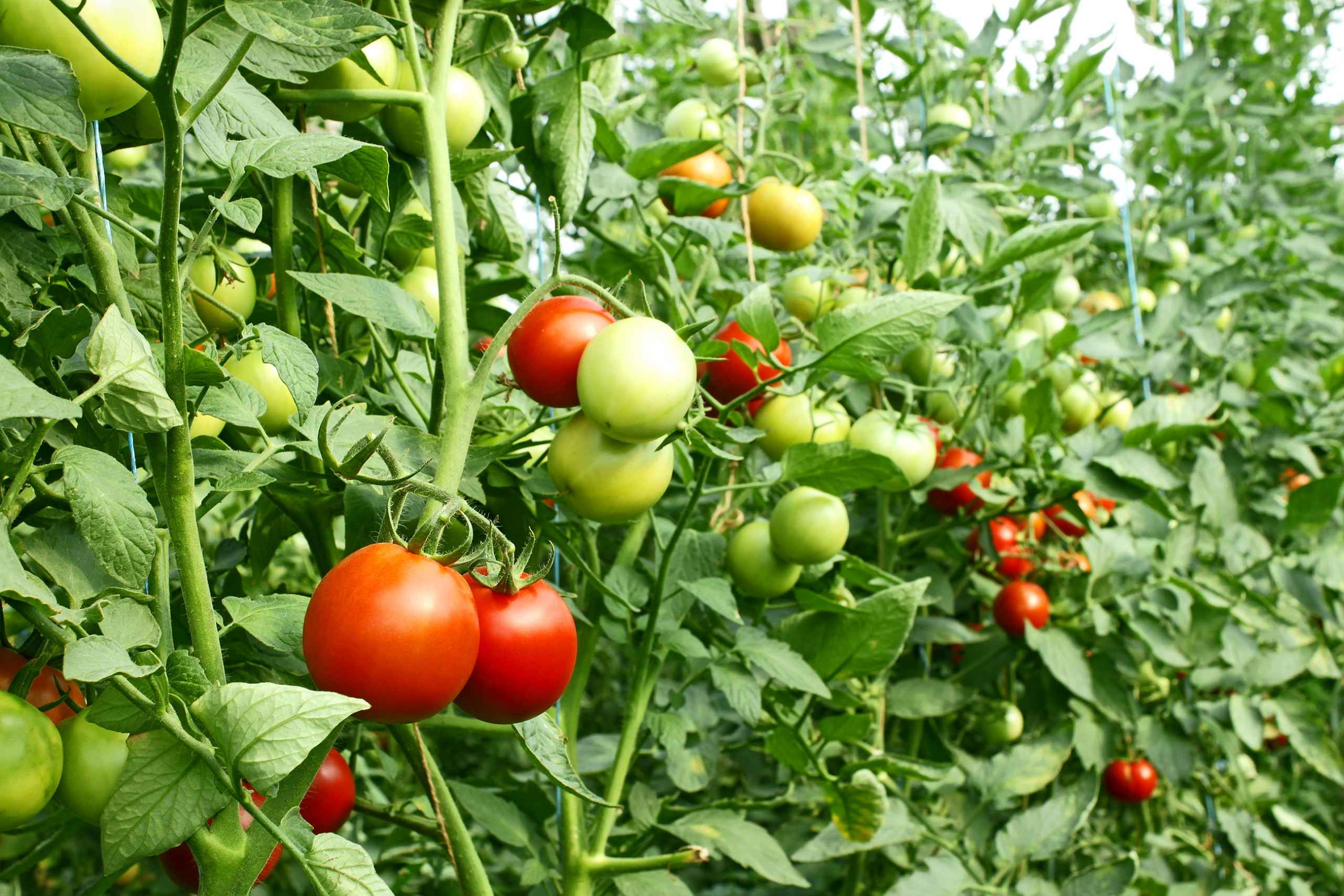Introduction:
As the global population continues to rise and concerns about environmental sustainability grow, the agricultural sector faces the challenge of producing more food while minimizing its ecological footprint. First world countries are at the forefront of adopting innovative and sustainable farming techniques to address these challenges. This article explores some of the leading sustainable farming practices employed in these nations.
1. Precision Farming:
Precision farming, also known as precision agriculture, involves using technology to optimize crop yields while minimizing resource inputs. First world countries have embraced precision farming techniques, such as GPS-guided tractors and drones, to precisely manage planting, irrigation, and harvesting. This technology allows farmers to apply inputs like water, fertilizers, and pesticides more efficiently, reducing waste and environmental impact.
2. Agroforestry:
Agroforestry integrates trees and shrubs into traditional farming systems, providing a range of ecological, economic, and social benefits. Trees contribute to soil fertility, reduce erosion, and sequester carbon. In first world countries, agroforestry is gaining popularity as farmers recognize its potential to enhance biodiversity, conserve water, and create resilient and diversified farming landscapes.
3. Organic Farming:
Organic farming avoids synthetic inputs such as pesticides and fertilizers, relying instead on natural processes to enhance soil fertility and control pests. First world countries have witnessed a surge in demand for organic produce, prompting many farmers to transition to organic practices. Organic farming not only benefits the environment but also addresses consumer concerns about the use of chemicals in agriculture.
4. Vertical Farming:
In densely populated urban areas, vertical farming has emerged as an innovative solution to maximize limited space and reduce transportation costs. Vertical farms use stacked layers or vertical towers to grow crops indoors, often utilizing hydroponic or aeroponic systems. By optimizing resource use and minimizing the need for large expanses of arable land, vertical farming exemplifies a sustainable approach to food production in first world countries.
5. Conservation Tillage:
Traditional tillage practices involve turning over the soil before planting, which can contribute to soil erosion and loss of organic matter. Conservation tillage methods, such as no-till or reduced tillage, leave crop residues on the field, reducing erosion, improving water retention, and enhancing soil structure. First world countries promote conservation tillage as a means to conserve soil health and reduce the environmental impact of agriculture.
6. Controlled Environment Agriculture:
Controlled Environment Agriculture (CEA) involves growing crops in controlled environments, such as greenhouses or indoor facilities. This approach allows for precise control over temperature, humidity, and light, resulting in optimized growing conditions. CEA can extend growing seasons, reduce water usage, and protect crops from pests, contributing to more sustainable and efficient food production.
Conclusion:
First world countries are actively embracing sustainable farming techniques to address the challenges of feeding a growing global population while minimizing environmental impact. From precision farming and agroforestry to organic farming and vertical farming, these innovative approaches exemplify a commitment to cultivating a greener and more sustainable future for agriculture. As these practices continue to evolve, they serve as valuable examples for the global community striving to achieve a balance between food security and environmental stewardship.



Leave a Reply